In everyday measurements, the concept of 2 feet often plays a crucial role, especially in regions that use the Imperial system.
Yet, tangibly grasping this length can be challenging – until now.
This post aims to bridge that gap by offering you 16 vivid and relatable comparisons, making it easier to visualize the significance of 2 feet.
From 2-liter soda bottles to standard school rulers, each comparison is crafted to provide a practical perspective.
Whether you’re planning a party, working on a DIY project, or simply curious about the world around you, these comparisons will help you appreciate the true extent of 2 feet.
Read: How Long is 8 Feet? 16 Common Comparisons (+Pics)
16 Common Comparisons For 2 Feet
Equivalent to 24 inches or approximately 0.61 meters, two feet is a short length in everyday life.
Let’s explore the items that enable you to connect with the measurement of 2 feet in a meaningful and relatable manner.
1. 2-liter Soda Bottles

2-liter soda bottles are convenient for parties, gatherings, and bulk purchases. Some people also stock them at home to avoid unnecessary trips to shops.
A 2-liter soda bottle is usually about 12 inches (one foot) tall, meaning two are equivalent to two feet.
2. 5 Standard Beverage Cans
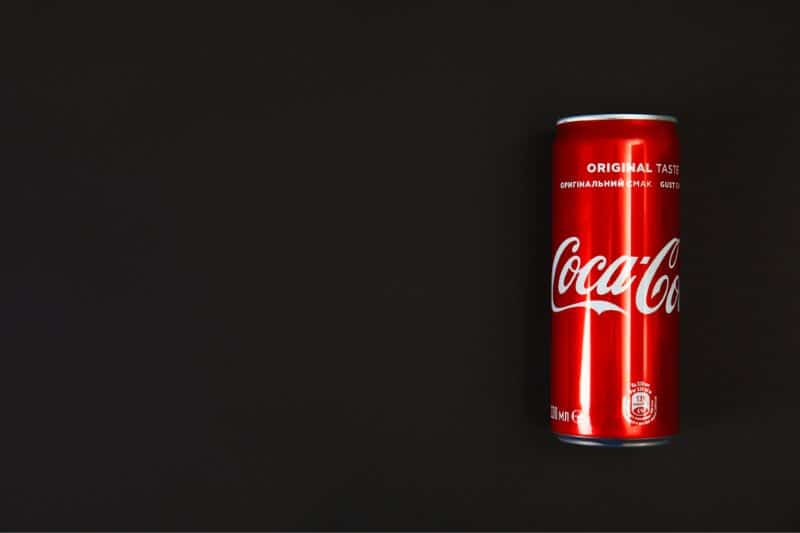
Beverage cans are widely used for various drinks, including soda, beer, and energy drinks.
These cans come in various sizes and dimensions, catering to different preferences and serving portions.
The most common is the standard 12-ounce can, which is usually 4.83 inches (0.4 ft) tall. It can vary between brands and beverage types, but the difference is negligible.
Hence, a stack of five standard beverage cans is an excellent way to visualize two feet.
3. 2 King-size Submarine Sandwiches
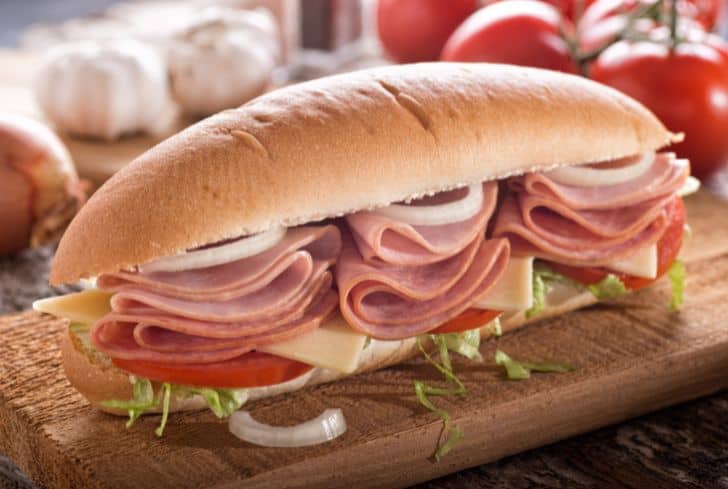
Often referred to as footlongs, king-size submarine sandwiches are always on the menu in many sandwich shops and delis.
They are characterized by their substantial size, typically 12 inches (1 ft) long. That size makes room for many options for fillings, including different meats, cheeses, vegetables, and condiments, catering to a wide range of tastes.
Hence, you can compare two feet to two king-size submarine sandwiches placed end-to-end on a flat surface.
4. 3 & ½ Bananas
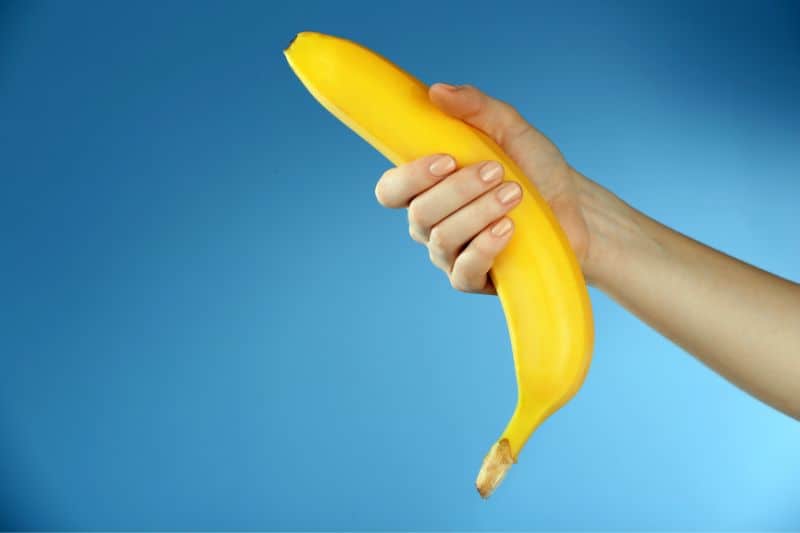
Bananas are a widely recognized and commonly consumed fruit, making them easy to visualize even when not physically present. Hence, they are ripe for use as length comparisons.
A medium-sized banana is about seven inches (0.58 ft) long on average.
Therefore, using that as the benchmark, two feet is equivalent to the length of three and a half medium-sized bananas.
5. 3 Standard Bricks
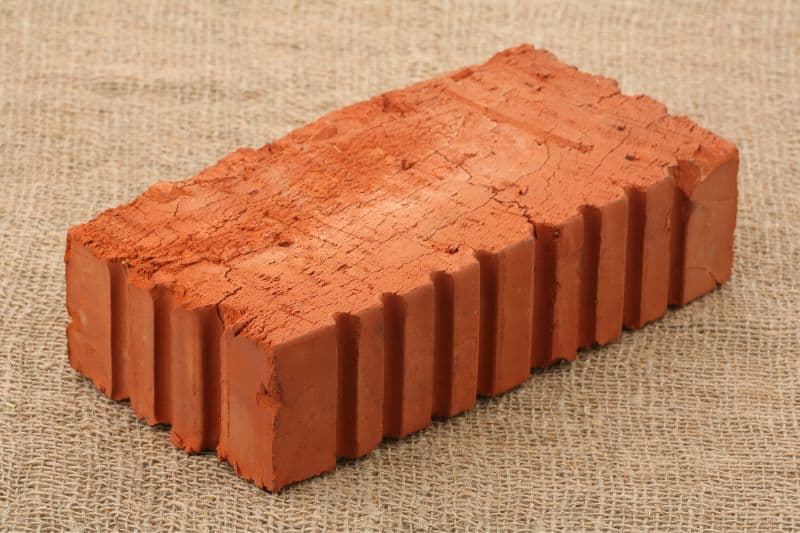
Bricks come in various sizes and dimensions based on regional standards and construction requirements.
However, a standard brick size in many countries, including the United States, is 8 inches (0.67 ft) long, 4 inches wide, and 2.25 inches tall, making it a perfect reference for eight inches. This standard size is ideal for construction projects for building walls, pavements, and other structures.
So, picture three standard bricks arranged in a straight line lengthwise. That’s the extent of two feet.
6. 4 US Dollar Notes

The US dollar notes are an excellent way to understand different small lengths, starting with six inches since they are all usually 6.14 inches (0.51 ft) long, regardless of the denomination.
And since two feet is also in the bracket of small length, you can use the dollars, too. You need only four to realize the significance of that distance.
7. 7 Debit Cards

While cash is king, debit cards are divine. But the good thing is you often have both in your wallet, so you can choose whatever you want.
With debit cards, you need to picture as many as seven end-to-end on a flat surface to appreciate the length of two feet. They’re all 3.375 inches (0.29 ft) long.
You can also use credit cards similarly since they are just as long.
8. 3 Standard Pencils
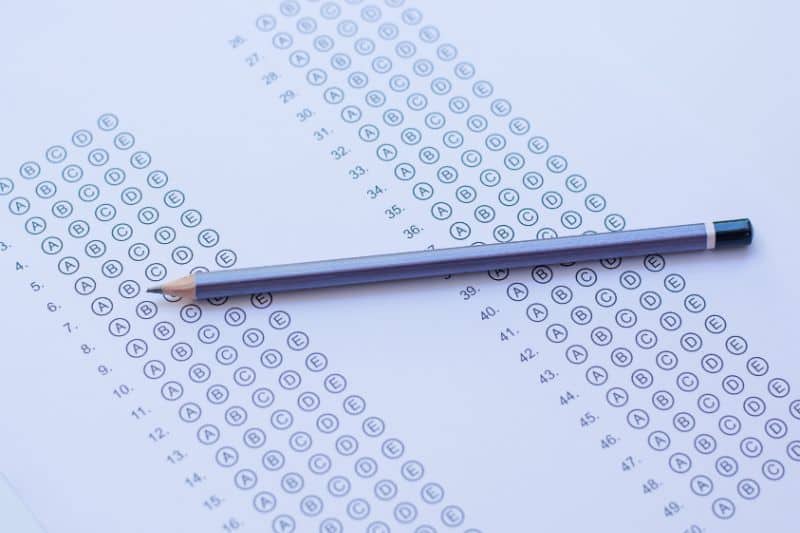
The standard pencil is a universally recognized object that many people encounter frequently in their daily lives, whether in school, work, or artistic activities.
It has thus become a widely shared reference point, as it’s easy for people to picture in their minds.
To understand the length of two feet using the pencil, it’s comparable to three since each is approximately 7.5 inches (0.63 ft) long.
When you place three pencils end-to-end on a flat surface, they stretch to 1.9 feet.
9. 2 Standard School Rulers
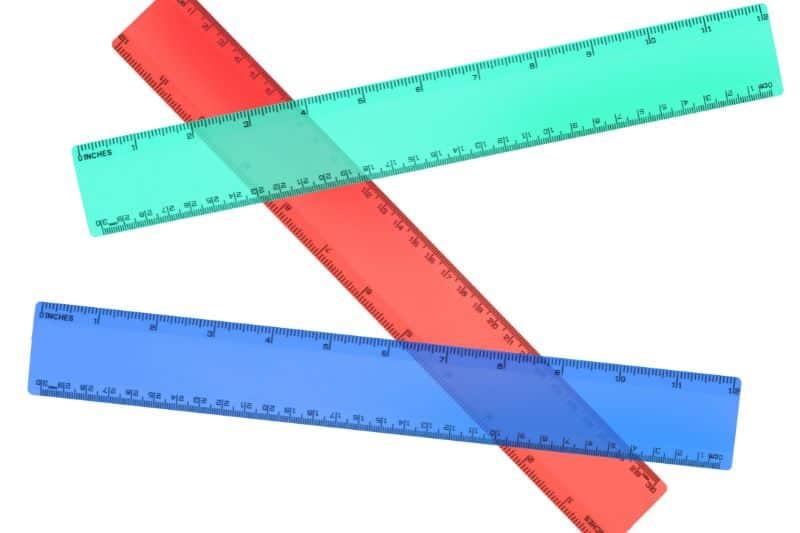
The image of a ruler is an easily accessible mental reference for measurements, starting with 12 inches (1 ft) since it’s just as long.
And if you can picture two aligned end-to-end, that’s all you need to understand how long two feet is.
10. 4 Standard Pens

Similarly to pencils, pens are easy to visualize. Their use in schools is a common experience for most individuals during their formative years, leading to a strong mental association with this familiar writing instrument.
As you probably know, pens come in different sizes to cater to different needs and preferences.
Here, we refer to the standard pen used for general writing in schools and offices. Although it may vary depending on the manufacturer, the average is about 5.5 inches (0.46 ft) long including the cap.
As such, two feet is approximately four times as long.
11. 2 & ½ No. 10 Envelopes

No. 10 envelopes are among the most common for business and professional correspondence. Nearly all mailing letters, invoices, and statements use this envelope size.
The dimensions of these envelopes are 9.5 inches (0.8 ft) wide and 4.125 inches tall.
So, picture three lying width-wise on a flat surface, then imagine cutting one at either end into half. That’s how long two feet is.
12. 3 Letter-sized Papers
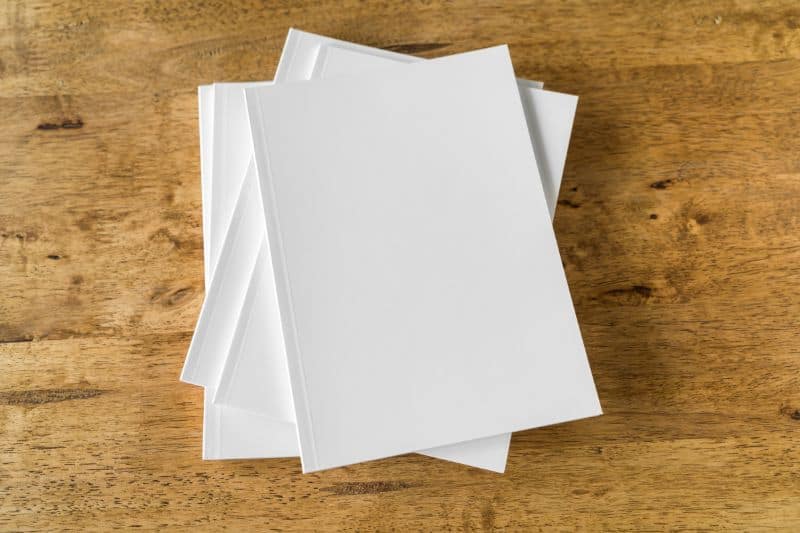
Letter-sized paper is a standard paper size commonly used in North America, including the United States, Canada, and Mexico. It suits various purposes, such as printing documents, letters, reports, and business correspondence.
This paper is an inch short of a No. 10 envelope, meaning you only need to refer to the length of three.
13. 3 Bowling Balls

While the weight of bowling balls varies significantly, ranging from 6 pounds to 16 pounds, the diameter remains consistent, at approximately 8.6 inches (0.7 ft), according to the governing body, United States Bowling Congress (USBC).
So, if you regularly play bowling, imagine placing three balls on a straight line end-to-end on the bowling lane. They extend to approximately 2.1 feet.
14. 1 & ½ Bowling Pins
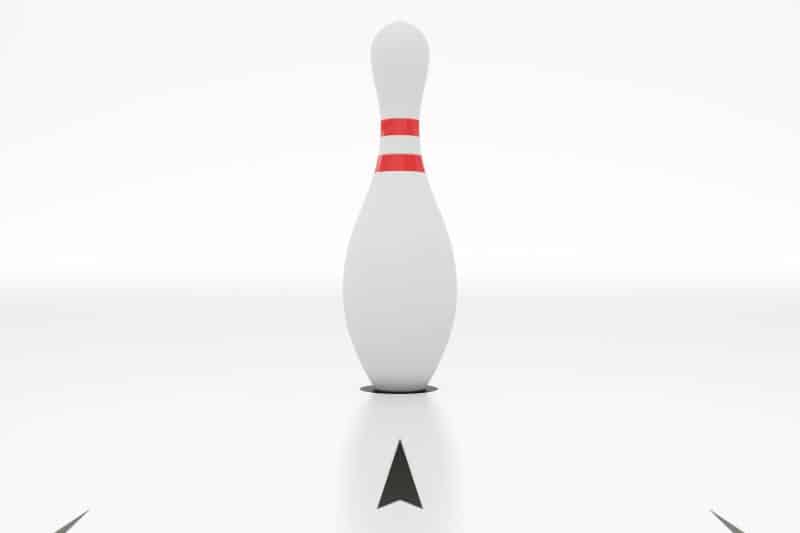
If you are a bowling fan, bowling pins offer another way to understand the extent of two feet.
The same body regulating bowling balls extends its hands to bowling pins to ensure consistency in the game and provide a level playing field for all bowlers, whether in casual sports or competitive tournaments.
They all have a height of 15 inches (1.25 ft).
Hence, you can visualize a bowling pin standing on top of another, then imagine cutting the top fellow in half to realize a feat of two feet.
15. Half An Ice Hockey Goal

In ice hockey, the standard dimensions of a hockey goal, including the net and goal frame, are regulated by various governing bodies, such as the International Ice Hockey Federation (IIHF) and the National Hockey League (NHL).
The goalposts are 4 feet apart horizontally to ensure consistency in the game. Also, the bottom edge of the crossbar is 4 feet above the ice surface.
So, there are two ways to visualize a length of two feet using hockey goals.
Read: How Long is 11 Meters? 13 Common Comparisons (+Pics)
16. 7 Standard Playing Cards
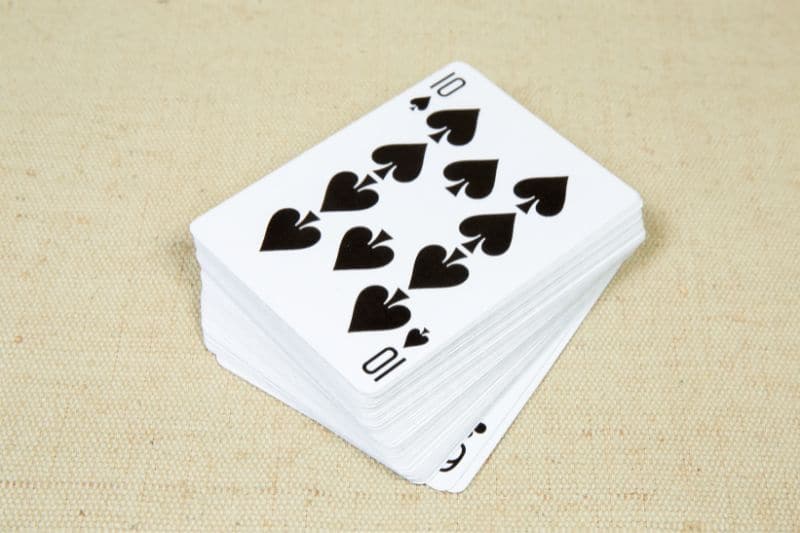
Standard playing cards are a timeless form of entertainment. They are often used to place poker, bridge, blackjack, and solitaire.
Due to their familiarity, they are common comparisons for tiny lengths such as 3 inches since they’re usually about 3.5 inches (0.3 ft) long.
But still, you can use them to understand small lengths, like in our case here.
To do so, imagine a straight line of seven standard playing cards aligned end-to-end.







